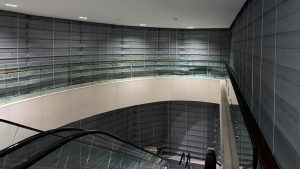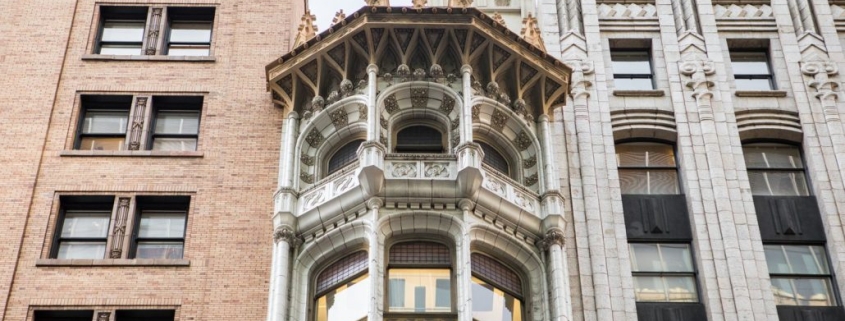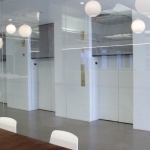Safeguarding Historic Structures with Tailored Fire Suppression Systems
Historic buildings frequently face unique fire safety challenges when retrofitting to meet modern fire codes, as they were constructed prior to the establishment of current regulations.
Fire Suppression Systems
Efforts to improve historic buildings’ safety, such as installing fire suppression systems, can be challenging. Installing new equipment may inadvertently damage the historic structure, as these buildings are often protected against significant alterations. As a result, those tasked with upgrading the fire safety of historic properties must find creative solutions to balance preservation and safety.
A good fire suppression system should protect the building without detracting from its value during installation—a delicate balance that is essential for preserving the building.
Historic buildings possess immense value. They house antique furnishings, intricate architectural details, and irreplaceable information and memories. These unique features, which are challenging to preserve or replicate, imbue historic structures with cultural and historical significance.
Due to the devastating effects of flames, smoke, and water damage, a fire in a historic building could destroy irreplaceable artifacts and documents forever. Furthermore, many older historic structures were constructed prior to modern safety standards, making them highly flammable, lacking sufficient emergency exits, and featuring narrow, steep staircases—all of which dramatically impede the safe evacuation of occupants in the event of a blaze.
Types of Fire Suppression Systems
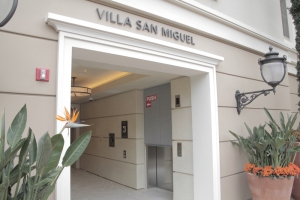
In such cases, the best approach is to carefully evaluate the building, its usage, and its contents to determine the most effective system configuration to protect the structure and its occupants.
Active Fire Suppression Systems
Active fire suppression systems are designed to extinguish fires and warn building occupants. This includes smoke detectors and other advanced smoke, fire, and heat detection technologies. For historic structures, highly sophisticated detection systems are typically required to alert people to potential problems, allowing issues to be addressed quickly before significant damage occurs.
Active systems can include fire sprinkler systems to help extinguish flames. When considering historic buildings, it’s important to weigh what is being protected and the speed at which a fire could spread. While the potential downsides of a sprinkler system, such as damage to historic property or important documents, may be outweighed by the benefits of stopping the fire’s spread, in some cases a full sprinkler system could cause more harm than good. In these instances, misting systems may be a better alternative, as they can help prevent further damage while still mitigating the flames.
Passive Fire Suppression Systems
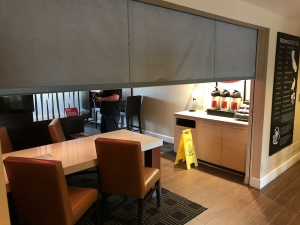
Strategically placed smoke curtains and baffles help contain the spread of smoke and fire within a building. These devices may be stationary or discreetly installed above doorways and openings, only activating after a fire is detected to prevent the blaze from spreading to other areas.
This fire suppression system is well-suited for historic buildings, as it can effectively control fires without causing additional damage to valuable documents, materials, or the building’s architectural features.
Protection with Smoke & Fire Curtains
